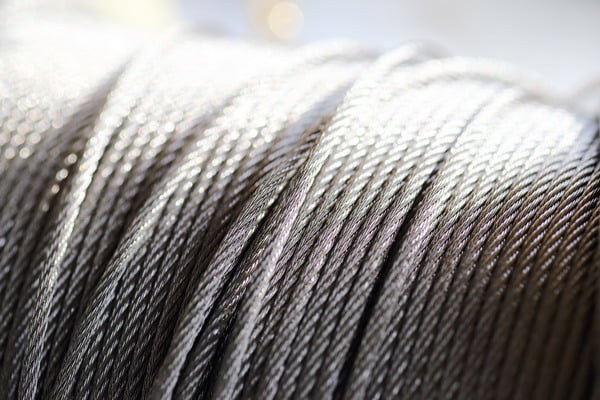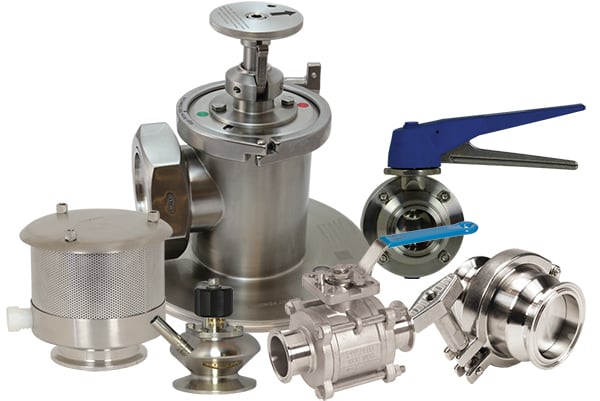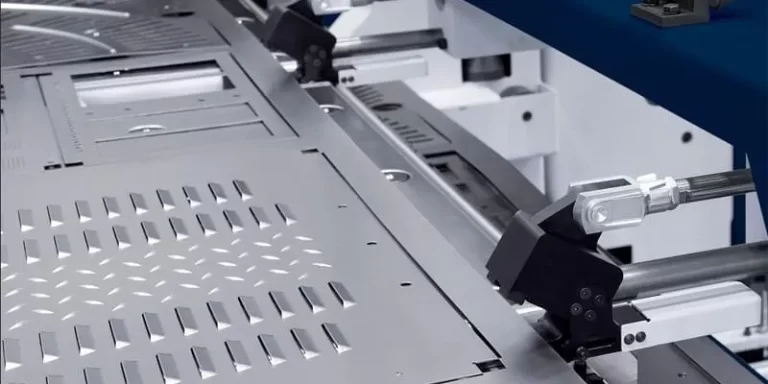Hydraulics Deciphered: Exploring Applications, Advantages, and Geotextile Integration
Hydraulics, the scientific study governing fluid behavior in engineering, has transformed numerous industries by leveraging incompressible fluids to transmit force. This technology has spurred innovations across sectors, ranging from heavy machinery to everyday utilities. Delving into the intricacies of hydraulics unveils its applications, advantages, and the fusion of materials like geotextile for heightened functionality and sustainability.

Fundamental Principles Governing Hydraulics:
Pascal’s law forms the foundation of hydraulics, stating that pressure applied to a confined fluid transmits equally in all directions. This principle underpins hydraulic systems, employing incompressible fluids such as oil or water to transfer force from one point to another.
Primary Applications of Hydraulic Systems:
Hydraulic systems are extensively used across industries like construction, manufacturing, aerospace, and automotive sectors. They power heavy machinery like cranes, excavators, and bulldozers, enabling precise movements and the lifting of heavy loads. Additionally, hydraulic brakes in vehicles, lifts, and presses are commonplace applications of this technology.
Advantages Offered by Hydraulics:
Hydraulics present numerous benefits, including high power density, precise control, and the ability to generate substantial force from minimal inputs. Operating seamlessly, they ensure consistent power transmission and are renowned for their reliability, durability, and minimal maintenance requirements.

Integration of Geotextile in Hydraulic Systems:
Geotextiles, permeable fabrics used in geotechnical and hydraulic engineering, play a crucial role in reinforcing soil, filtration, and drainage systems. In hydraulic engineering, geotextiles contribute to erosion control, and sedimentation prevention, and serve as integral components in geocomposite drainage systems. These materials amplify the efficiency and durability of hydraulic structures like dams, canals, and embankments, providing cost-effective solutions and fostering environmental sustainability.
Hydraulics, with its diverse applications, continues to evolve to meet the evolving needs of various industries. The integration of geotextiles underscores a commitment to sustainable engineering practices, enhancing the efficiency and longevity of hydraulic structures while minimizing environmental impact.
In conclusion, the adaptable nature of hydraulics and its amalgamation with materials like geotextile exemplify continuous innovation within the field. Understanding the principles and applications of hydraulics sets the stage for the development of more efficient and sustainable engineering solutions.




